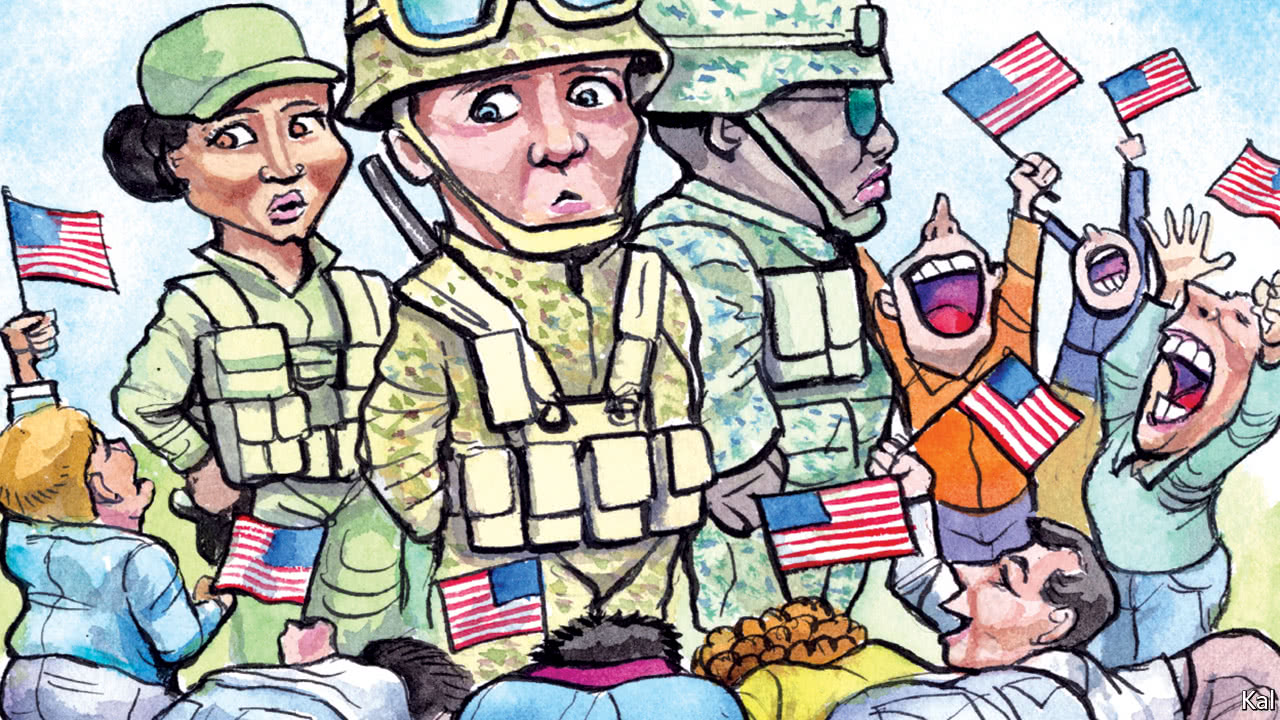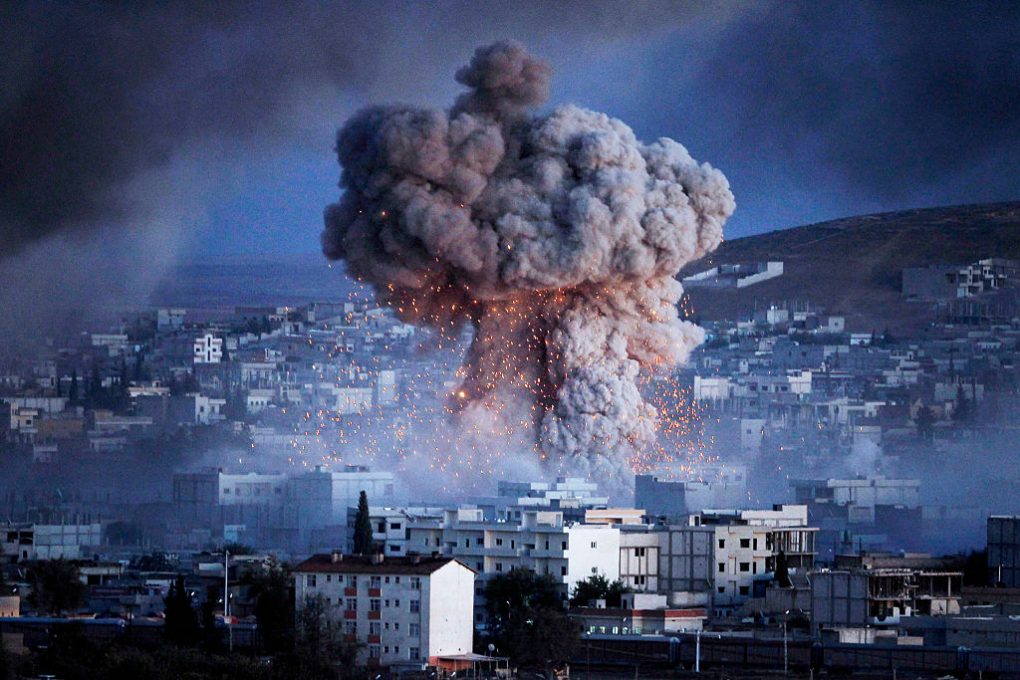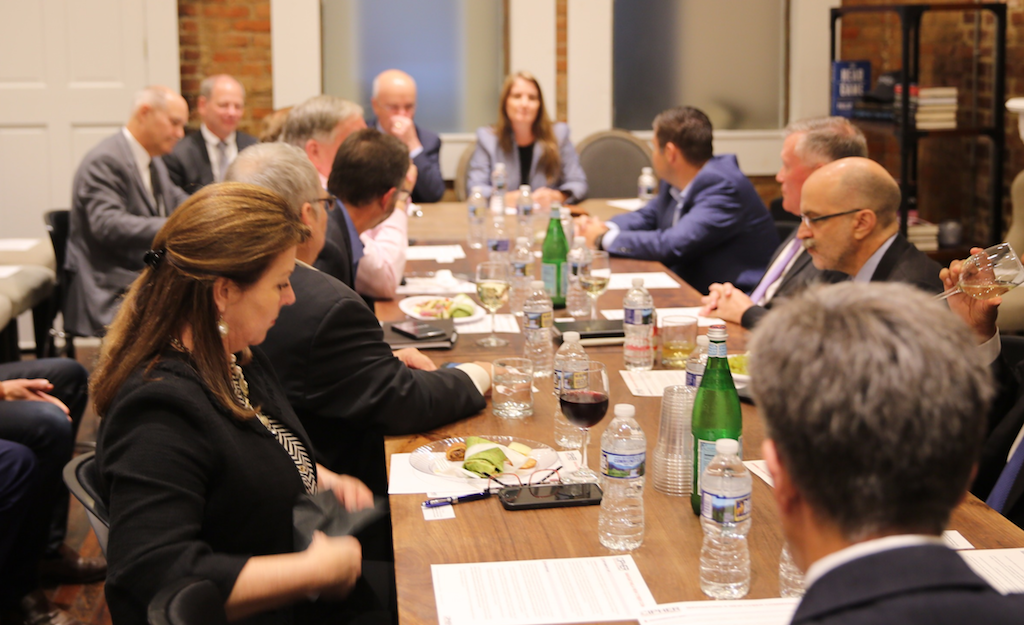Predicting the future is always a difficult proposition. One can go drastically wrong. However, you have to anticipate the future. Based on future operating environments the strategy, force structure, weapon and equipment, profile, doctrine, training and human resources management are made. This is a dynamic process. Depending on changes in the security environment mid course corrections can always be made.
This is why advanced countries of the world publish their envisaged future operating environment.
Let’s have a look at “Strategic Trends Programme Future Operating Environment 2035” as given out by the Govt of UK. The gist is given succeeding paragraphs.
Strategic Context
Increased globalisation may mean that states and individuals have significantly less time to plan for, and respond to, global and regional events that emerge rapidly. Faster and more agile military responses may be called for, posing a challenge for policy- and decision-makers.
The US is likely to remain the world’s leading military power in 2035, although its military advantage is likely to be challenged increasingly by China.
By 2035 the majority of the world’s population is expected to live in cities, with many located on or near the coast. These areas will often be prone to natural disasters. Failed or failing cities could become sources of major security issues: such cities may lack resilience due to poor infrastructure, lack of resources and ineffective or absent institutions and emergency services.
The effects of climate change are likely to drive an increased need for humanitarian assistance to address greater suffering, suggesting that the military will more frequently be used to provide assistance – albeit in a supporting role – alongside capable non-governmental organisations.
The need to protect lines of communication, as well as to guarantee access to resources, may increase competition and act as a catalyst for intra- and inter-state conflict. This will be important to the UK, which will remain heavily reliant on imported energy, food and industrial resources.
There will be an increasing range of empowered actors in 2035, although the state will continue to play a dominant role in international affairs.
Growing proliferation will allow a wider range of actors to access more sophisticated weapons, while the previous technological advantage enjoyed by Western militaries will continue to be reduced.
The UK’s relative influence could decline out to 2035, as it competes within a larger peer group.
UK Defence is likely to have a broader role in supporting the Government’s wider interests and contributing to the nation’s prosperity and stability by applying both hard and soft power.
Events abroad are likely to have a more direct impact at home, and military operations overseas may be influenced increasingly by UK mainland security needs.
Critical UK infrastructure may become increasingly vulnerable to remote attack, particularly from cyberspace.
Characteristics of the future operating environment
Actors
In 2035 there is likely to be growing competition between states for access to, and influence over, ever-scarcer resources.
Traditional state-on-state conflict cannot be ruled out over the next 20 years, but state-sponsored terror attacks, use of proxies and cyber attacks are more likely.
Three-way engagement between militaries, non-governmental organizations and multinational corporations will become increasingly important out to 2035. For urban operations, engagement with city authorities will be particularly relevant.
Extremist non-state actors will be more able to exploit a wider array of military capabilities, using innovative tactics that exploit our inherent vulnerabilities, including any institutional inertia. They are likely to develop ever-higher levels of lethality to counter our protection systems and may even have access to weapons of mass effect.
Institutions
For the UK, NATO will remain the defence alliance of choice – providing the continued commitment to Article 5 but also the means of interoperability with a wide range of nations that could form coalitions of the willing.
In 2035, the UN is likely to work through regional organisations to achieve its aims, including a greater role in upstream conflict prevention. The need for large-scale UN operations – perhaps in Africa – and the UK’s involvement in (and possible leadership of) them should not be discounted.
Culture and identity
The growth and proliferation of social media is likely to create new forms of identity-based ‘turbulence’ or volatility, which gain strength by their associations. This is likely to intensify and complicate battlespaces by broadening audiences and energising ‘causes’ for which people fight, making pragmatic compromise harder to accept.
Social media’s readily-available open-source intelligence-gathering advantages are likely to be used for control, manipulation and targeting.
Faith-based ideologies will continue to shape many conflicts around the world in 2035.
Tensions arising from differences of nationality and culture and a rise in ‘identity politics’ will carry a high risk of sectarian or communal violence.
Analysis and predictive modelling of social behaviour will increasingly support operations.
Technology
The UK and other Western militaries, probably with the exception of the US, will almost certainly have been overtaken in some technologies by 2035, and may need to become accustomed to being overmatched by derived military capabilities.
By 2035, a diverse range of actors will be able to access capabilities once restricted to just a few states. Illicit and unregulated technology transfer will exacerbate the threat to the UK.
Technological change will accelerate, serving to highlight inadequacies in less adaptable procurement processes within Defence.
By 2035, proliferation will enable a wider range of our potential adversaries to deploy weapons to deny our access to, and freedom of movement within, operational areas. The aim of our adversaries is likely to be to deter Western powers by raising the potential cost of action.
Automated systems, including those that are armed, will proliferate over the next 20 years. Advances in technology will almost certainly enable swarm attacks, allowing numerous devices to act in concert. This may serve to counter the advantage of high-end systems.
Additive manufacturing may make our logistics chain lighter. This will be key to operating in non-permissive environments, especially when the support chain is long, expensive or threatened. It may also allow individuals, non-state actors and developing states the capability to produce very large numbers of cheap, precision weapons.
By 2035, physical and cognitive performance will be artificially enhanced via biomechanical systems such as exo-skeletons or prosthetics, wearable devices and sensors, and memory-enhancing drugs.
Synthetic biological components may lead to new pathogens being deliberately or accidently created and released, potentially causing or exacerbating pandemics. By 2035, it may even be possible to create genetic weapons.
Defence will need to understand the impact on privacy, assurance, jurisdiction and security for data stored on any foreign based servers. Such data servers will become an important part of critical national infrastructure, but may not have the type of protection afforded by UK sovereignty.
By 2035, persistent real-time, multi-sensor surveillance capabilities will be ubiquitous, cheap and passive, offering considerable advantage to a range of actors. This will have significant implications for operational security.
Cyberspace
Cyberspace will be ubiquitous by 2035, pervading every aspect of the physical environments to a far higher degree than today.
Dominance of global cyberspace will be impossible: states will struggle to control cyberspace, because its infrastructure is so widely dispersed.
Cyber activity may offer a credible way to provide deterrent effect that complies with the principle of distinction, perhaps by threatening a state’s critical infrastructure, rendering that state open to coercion.
Electromagnetic environment
Advanced electronic warfare capabilities will be ubiquitous and proliferate to less capable adversaries, creating a broad range of electronic warfare threats.
Countermeasures and mitigation to electronic warfare attack will be important. Reinvigorating and exploiting attack capabilities could ensure Defence possesses operational advantage.
Physical environment
Maintaining UK access to the global commons will be essential for ensuring global reach, national prosperity and to deliver strategic effect.
Increasing reliance on space-based technologies will increase our electromagnetic spectrum vulnerability, partly because enabling capabilities are often hosted by non-UK space service providers. Every part of the UK’s critical national infrastructure relies to some extent on space capabilities, and this dependency will increase greatly out to 2035.
Technological advances, by 2035, will allow flight at ever-higher altitudes, blurring further the distinction between air and space. These technologies may stretch our ability to police international airspace and defend our sovereign territory from the air.
For our Armed Forces, the urban environment will be one of the most challenging areas in which to operate. Cities will be complex and multi-dimensional. Armed forces operating in future cities will have to consider aspects of the environment as diverse as subterranean spaces and cyberspace. The scale of this challenge will be potentially overwhelming andevery urban centre will be unique, requiring a bespoke understanding.
The effects of climate change will be most keenly felt in densely populated coastal cities, leading to instability and suffering.
Where cities are located on the littoral, the inherent complexities of the urban operating environment will be amplified.
Future legal aspects
The precise understanding and applicability of the Law of Armed Conflict may present challenges in keeping pace with technological developments, such as wider use of more sophisticated automated systems.
Implications for Defence
The proliferation of military technology amongst potential adversaries means that our key systems may be vulnerable to technical exploitation or capability overmatch.
Understanding will be fundamental in underpinning conventional and nuclear deterrence as well as coercion.
The UK mainland will face a broad range of natural and man-made threats. It will be increasingly difficult to distinguish between threats from state and non-state actors.
In the unlikely event that an existential threat to the UK emerges, mechanisms will need to be in place to provide warning and rapidly reconstitute sufficient forces to respond.
Achieving a nuanced understanding of the operating environment will be more challenging – and more important – out to 2035.
Future systems must be able to operate and survive, at range, against more sophisticated anti-access and area denial capabilities.
Interoperability and adaptability will be crucial as bespoke alliances and partnerships become more important, both between nations and with non-state actors.
Very long-term, inflexible procurement processes will no longer be sustainable.
Increasingly, military strength will be expressed in terms of human capability across the Whole Force, and establishing the right mix of regulars, reserves, civilians and contractors will be critical.
 China is in a bind. The heavy industry that propelled the country's economy through three decades of dizzying growth has reached its limits. To escape the dreaded middle-income trap, China will need to shift its focus from low-end manufacturing to other economic industries, namely the technology sector. Beijing has put tech at the center of its long-term economic strategy through campaigns such as Made in China 2025 and Internet Plus. But these initiatives alone won't push the Chinese economy past its current plateau. The tech sector is notorious for relentless innovation. And innovation requires flexibility.
China is in a bind. The heavy industry that propelled the country's economy through three decades of dizzying growth has reached its limits. To escape the dreaded middle-income trap, China will need to shift its focus from low-end manufacturing to other economic industries, namely the technology sector. Beijing has put tech at the center of its long-term economic strategy through campaigns such as Made in China 2025 and Internet Plus. But these initiatives alone won't push the Chinese economy past its current plateau. The tech sector is notorious for relentless innovation. And innovation requires flexibility.





/arc-anglerfish-arc2-prod-mco.s3.amazonaws.com/public/HMISPNO7MFH2PPTQ2NNDWQ4RKA.jpg)





/arc-anglerfish-arc2-prod-mco.s3.amazonaws.com/public/FR55XVRFZNCZ5OOV66E2T5IXBE.jpg)
